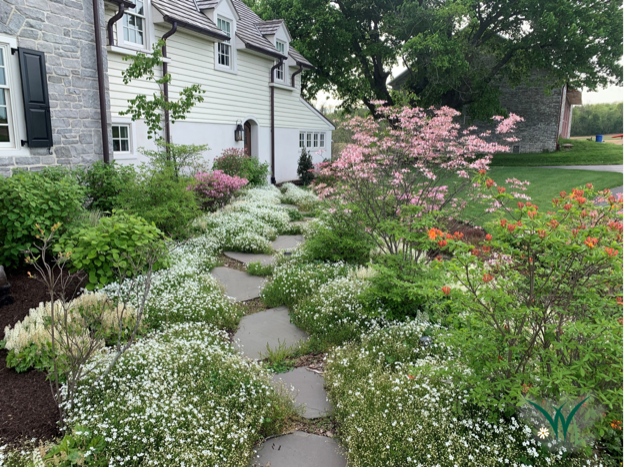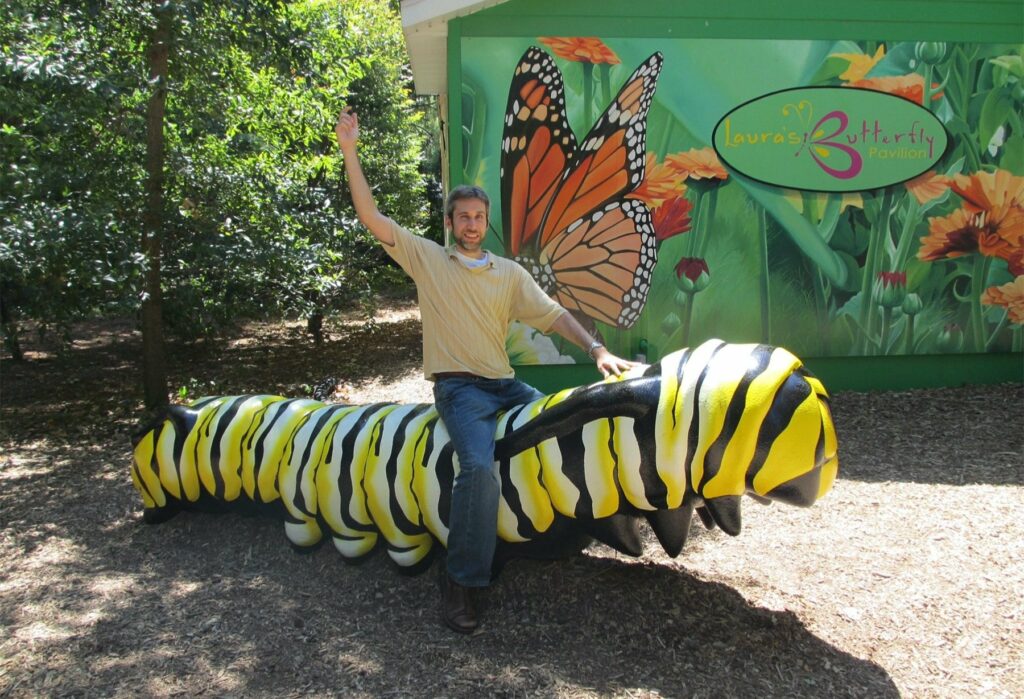3 Steps for Choosing Native Plants for Your Yard / by Wildlawn
Plant selection is more than just gardening; it’s restoration. Over the course of a few centuries, we have changed the topography and soil chemistry of every corner of this country through agriculture, industry, and urban development. We have altered the places where native species were once able to establish themselves successfully, and our local ecosystems have suffered as a result.
If you’re working to restore the natural habitat in your backyard with native plants, here are three steps to help you pick the right plants for the job:
- Choose to Restore
- Choose to Strengthen
- Choose to Enhance

The first step is to choose the plants that are going to do the bulk of the restorative work on your property. In the ecological restoration industry, this is known as your “workhorse” species. The workhorse species is that one plant, maybe two, that will take up most of the area to do the heavy lifting of shading out other invasive plants and building up your baseline. To achieve this, you’ll want to consider what species match your backyard ecosystem. Consider factors like soil conditions, water holding capacity, light exposure, the ecoregion in which you reside, and the historical use of your property. Did your property used to be an old farm or industrial park, for example?
Once you have your restoration species, you’ll want to select plants that will strengthen your property’s ecosystem. What native plants are currently thriving in and around your yard? These are the species that are already specialized to your area and that your local pollinators and wildlife have come to know and love. Keep in mind that some successful native plants get lumped into the “weed” category due to their resiliency. Species like black walnut, silver maple, and pokeweed are highly beneficial native plants, but have gotten a bad reputation for popping up in unexpected locations. Use a discerning eye and a bit of research to figure out which species you can reclaim in your yard. Master gardeners in your area are a great resource to help identify beneficial natives.
Finally, you get to select the plants you’ll use to enhance your space. These are the native species that you like, that you think are pretty, and that you want to try out in your newly restored backyard. The conditions on your property will always dictate what thrives, what survives, and what dies, so be sure to consider soil, water, and light when choosing your “fun” plants. Bright colors and fun textures are fair game! This is also and opportunity to select species that will bloom or grow through different seasons, so you have a healthy habitat in every season.
With your, strengthened, enhanced, and restored backyard, you’ll have more than a pretty garden to look at. Your property will be a sanctuary for pollinators and birds, it will require little maintenance, it will manage and filter storm water, and it will save you time and money.
Nature is not a place to visit. It is home. —Gary Snyder
*Article Attribution: WildLawn / wildlawn.com, 844-326-7344, @wildlawn


